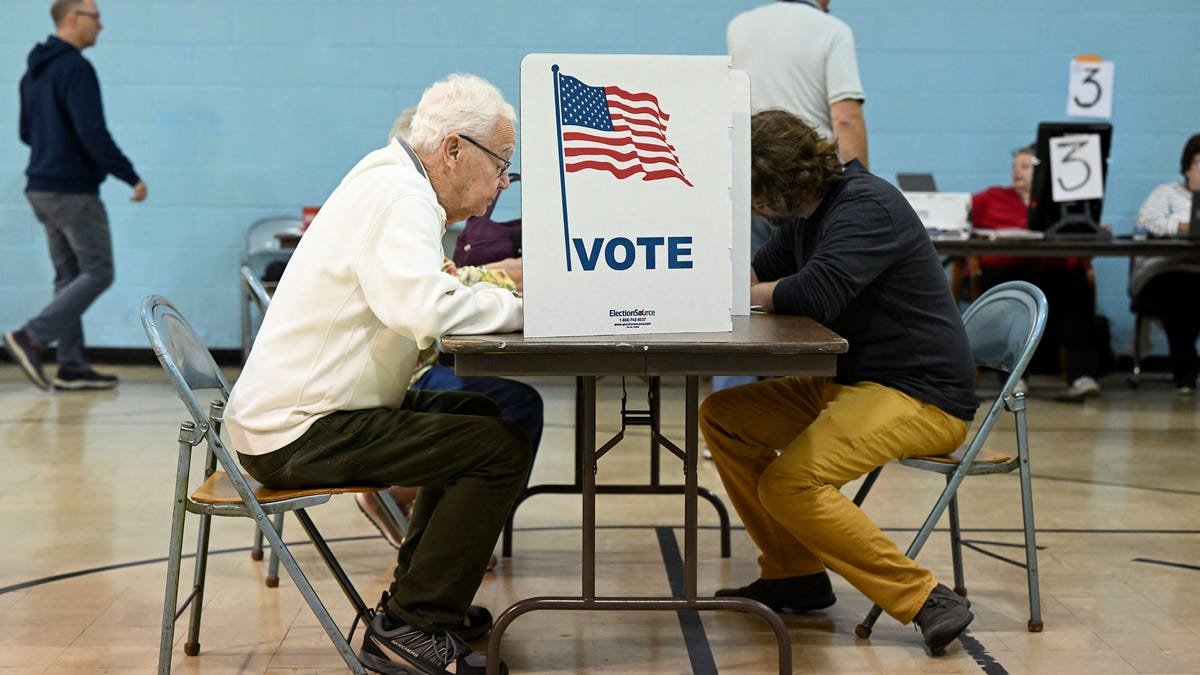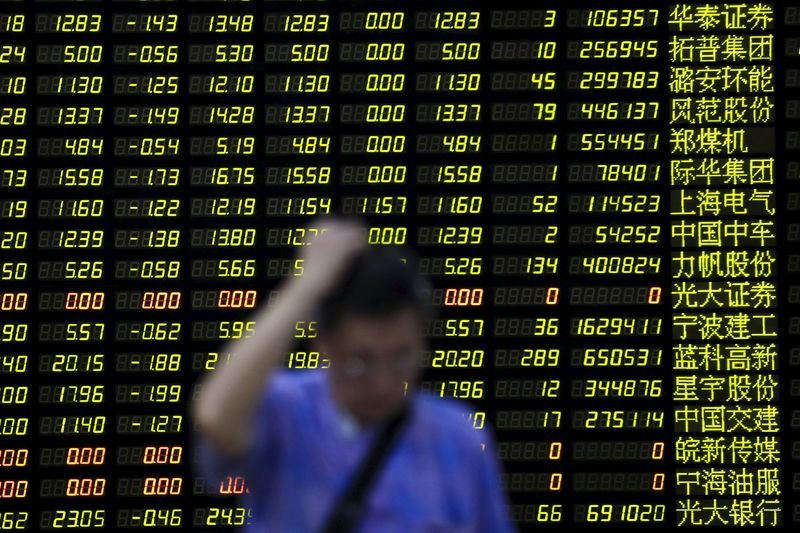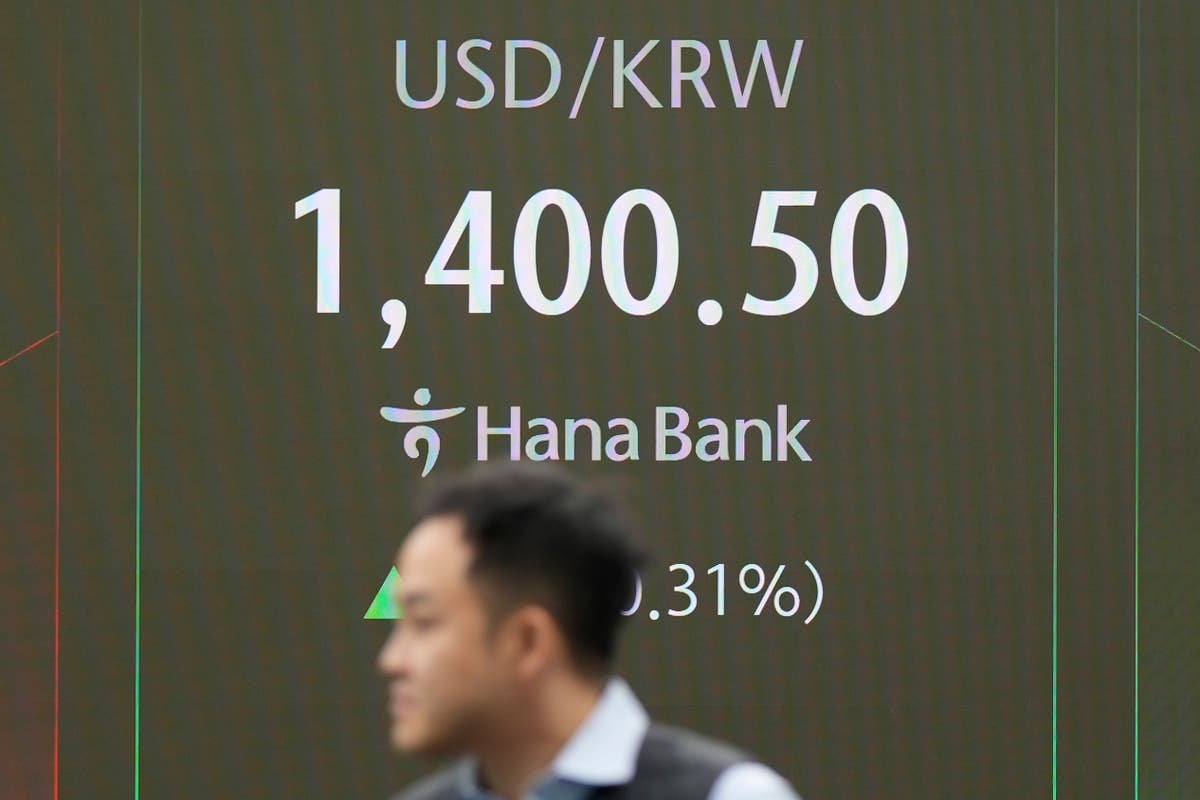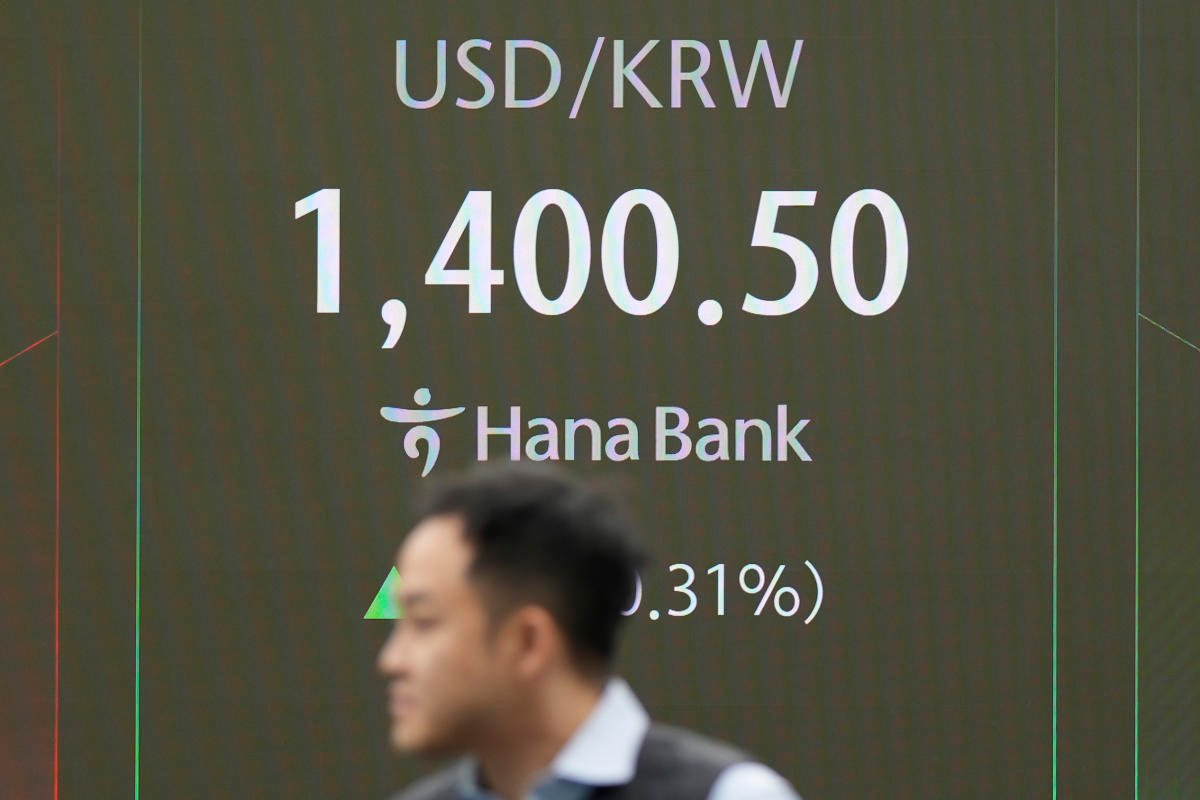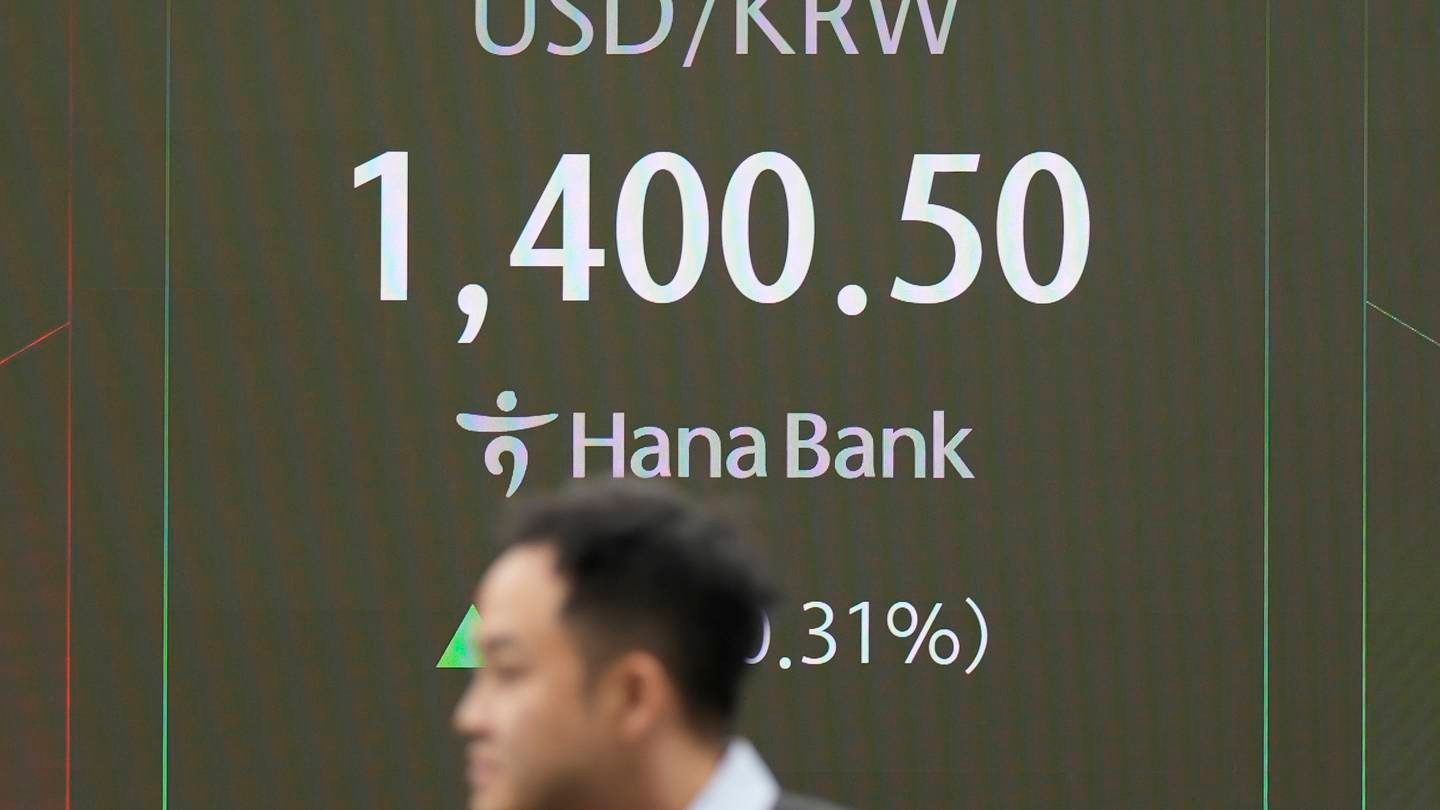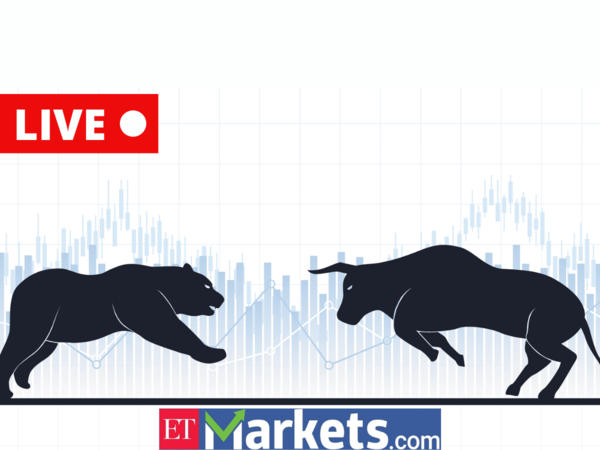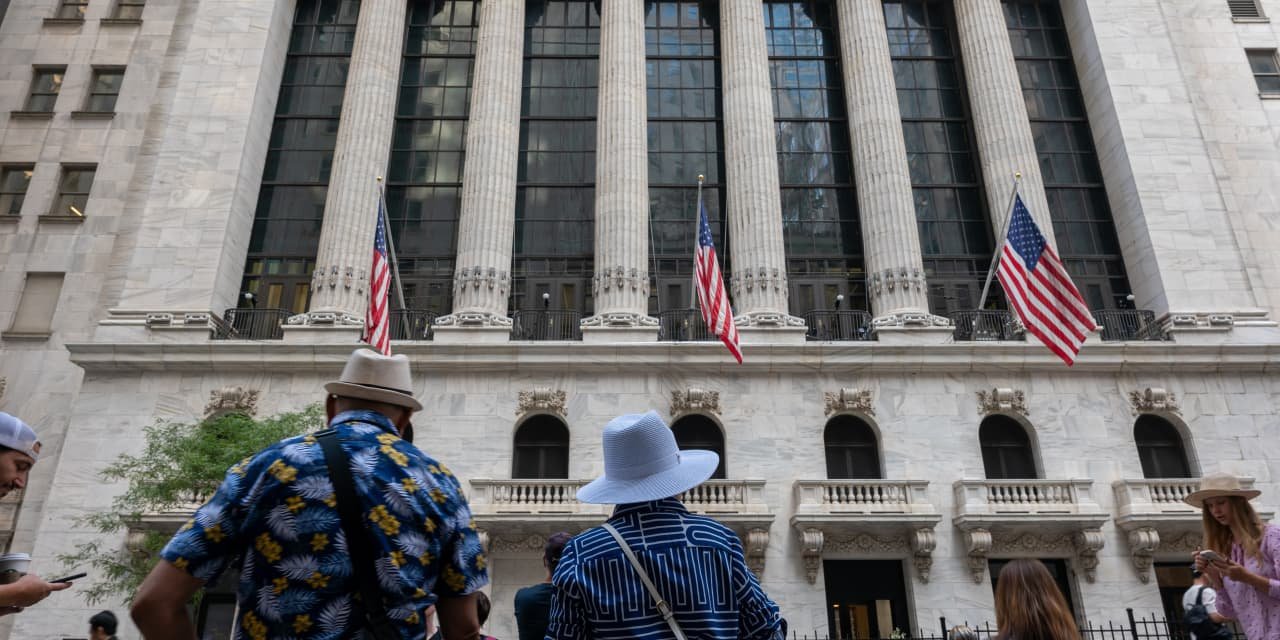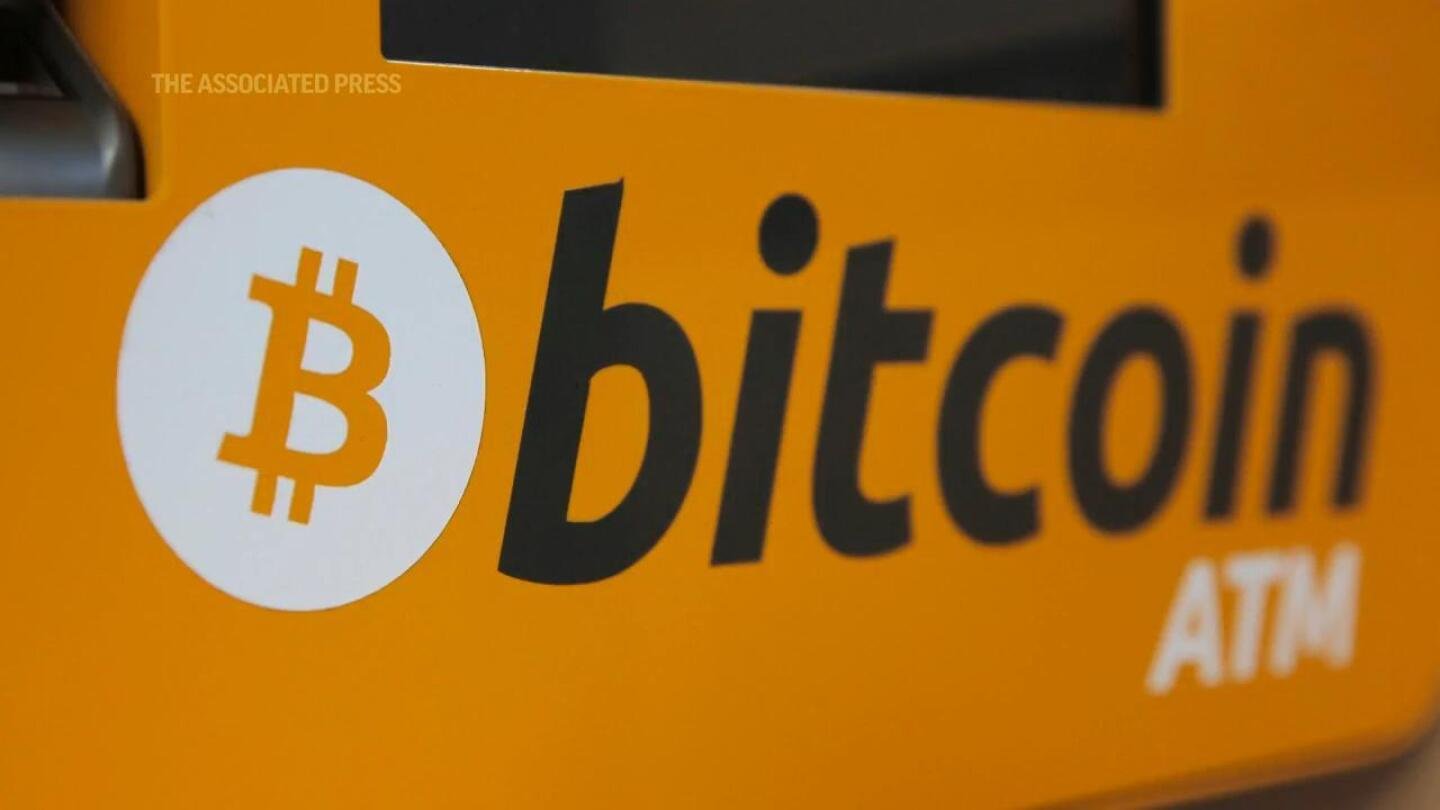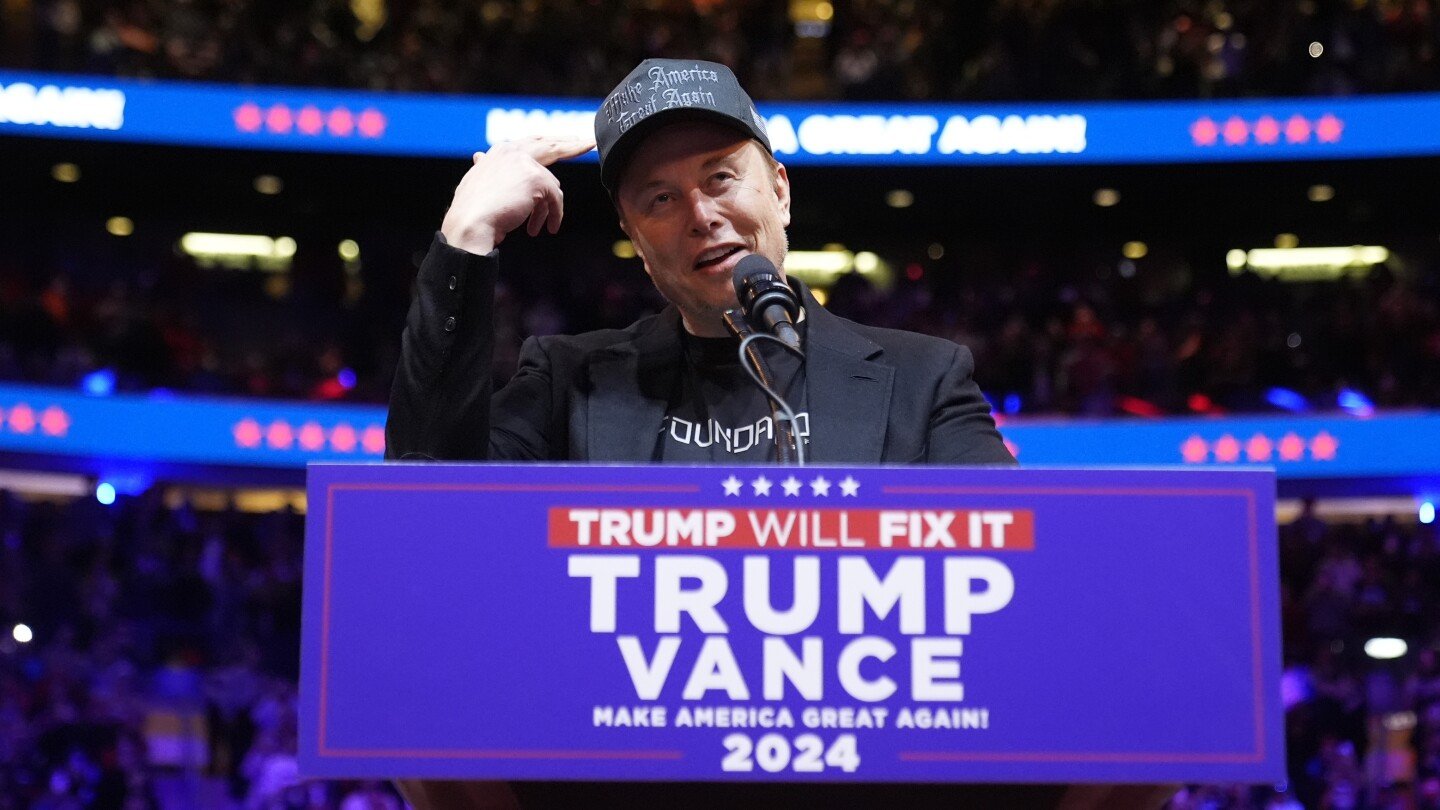Election Day is just hours away, and no one is really sure what will happen or who will emerge victorious. As far as the stock market is concerned, experts have one simple message — calm down.
While some stocks may rise or fall right after the election results are clear — or, more realistically, as states are called one after the other — it’s expected that overall returns will be up this year. As Fidelity lays out, U.S. stocks have averaged returns of 9.1% in election years, according to data collected over the past 74 years. That’s a period that included more than a dozen presidents and 36 Congresses.
So far this year, the Dow Jones Industrial Average is up by more than 11%. The S&P 500 is up 21% and the Nasdaq is up 31%. Citi Research (C) recently noted that years with large returns in the S&P 500 from January through October typically deliver strong returns for the rest of the year, adding that “this is also true during election years.”
Each candidate has their ups and downs in the market.
Former President Donald Trump’s tax and tariff proposals are expected to slam foreign companies and raise taxes on most Americans while giving corporations a slightly larger tax cut. Companies across sectors are already eyeing price hikes to pass the buck along to consumers.
A Republican victory would likely benefit the oil and gas lobbies, as well as cryptocurrency and bank stocks. Another beneficiary may be private prison operators, such as CoreCivic (CXW) or Geo Group (GEO), since Trump plans to attempt a massive deportation program that could impact millions of people.
Read more: Elon Musk bet the house on Trump. But no matter who wins, Musk has a lot to lose
On the other hand, a win for Vice President Kamala Harris is likely to benefit companies building houses and renewable energy firms, given her focus on increasing affordable housing and fighting climate change. She’s pledged to invest $100 billion in companies working on artificial intelligence, semiconductor chips, and electric vehicles, among other things.
Harris would also seek to raise taxes on corporations from 21% to 28%, which would weigh heavily on some companies. Her plans to take on high prescription drug prices would likely hit profit margins at firms like Pfizer (PFE) and Eli Lilly (LLY). A similar plan to ban price gauging at grocery stores might have similar effects on grocers.
But for most of either of their plans to actually happen, the candidates’ respective political party would need to gain some level of unified control over Congress.
“It’s difficult for the most significant policy proposals to take effect without one-party control, and that’s when markets might become more reactive,” said Rob Haworth, a senior director of investment strategy for U.S. Bank (USB).
A divided government often leads to watered-down initiatives and months of negotiations to get major plans passed — or just gridlock.
President Joe Biden’s Inflation Reduction Act is a prime example. Although it managed to clear the Senate and provide $369 billion in subsidies and tax credits for clean energy, key tax provisions were altered in order to placate centrist Democrats whose votes were needed. In the end, Harris still needed to cast a tie-breaking vote after all 50 Republicans in the Senate voted no.
“It’s exceedingly rare that a candidate will be able to deliver on exactly what they’ve proposed once they take office,” Naveen Malwal, an institutional portfolio manager at Strategic Advisers, told Fidelity. “If you’re making investment decisions based on such proposals, that could be a risky way of managing one’s money.”
Plus, there are other things that investors need to keep their eyes on. For one, companies like the Walt Disney Co. and Lyft (LYFT) still haven’t reported earnings for their latest fiscal quarter. Economic and inflation trends, which can be influenced by the administration in power, often have a greater impact on the market than party platforms, according to Haworth.

